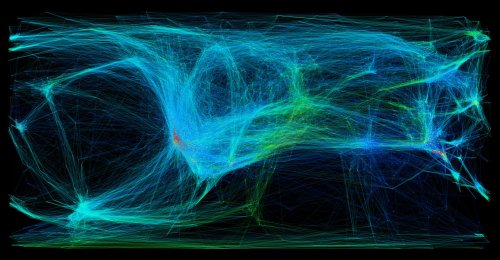Social Networking Theory
Almost everyone has heard of Qantas, Pepsi and IBM. They’ve saturated the world with publicity. These are household names because everyone is familiar with the business & their products. That is to say, we all know they exist, we all knows what they sell, and most importantly we all know how to reach them.
At the extreme opposite end is a hermit living in Timbuktoo. He doesn’t have much connection with the outside world (if any), hence is local network may consist of him and his dog. So in other words, It’s a question of «popularity».
Social network theory views social relationships in terms of nodes and ties. Nodes are the entities within a network, and ties are the all-important relationships or connections between them. Entities may be organisations, businesses or individuals. They say that any two people on the planet are linked to each other by only six ties, on average.

In my business there are various types & scales of nodes. The most important nodes are ones with a large number of incoming and outgoing connections, such as: official cycling organisations; cycling magazines, forums and websites. Then on a smaller scaler there are cycling clubs, shops, blogs, and individuals.
Obviously the aim of «networking» is to increase the number of ties as much as possible. This is a two way street. First you must create the ties in order to make potential customers aware of your presence. Then and only then can they return to you along those very same pathways.
Dunbar’s number: The so-called rule of 150, asserts that the size of a genuine social network is limited to about 150 members. The rule arises from cross-cultural studies in sociology and especially anthropology of the maximum size of a village (in modern parlance most reasonably understood as an ecovillage). It is theorized in evolutionary psychology that the number may be some kind of limit of average human ability to recognize members and track emotional facts about all members of a group.
Cycling clubs and forums tend to be highly interactive, with individual members communicating directly with each other (a high clustering coeffficient). On the other hand, official cycling organisations, magazines, news sites & cycling blogs may have the potential to reach a very large audience, but mainly due to their uni-directional method of communication, they maintain a low clustering coeffficient (few, if any, members interact with eachother).
Then there are other social networks; I think the best two examples are myspace and facebook. Myspace is a great way of making new contacts. Facebook is a great way to find old friends. Interesting dynamic network models.



Discussion Area - Leave a Comment